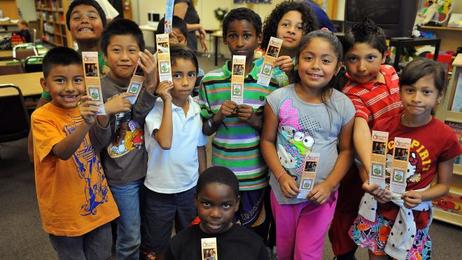While much of our culture minimizes fundamental differences between boys and girls, some schools embrace these disparities to create a more robust learning environment. All-girl public high schools may not be the norm in most school districts, but the existing schools appear to thrive. These schools cater to female students much differently than traditional co-ed classroom settings, and research indicates that the single-sex approach may have significant advantages.
Learning Differences by Gender
To understand the potential benefits of an all-female education, we must begin with an overview of the learning differences between genders. According to Scholastic, girls and boys enter school using parts of their brains quite differently. Girls use their left hemispheres in early grades to excel in writing, reading, and speaking. Right-hemisphere development helps girls tune in to the feelings of teachers and other students.
On the other hand, boys in the early years use their left hemispheres to recall important facts, while the right hemispheres are used for visual-spatial and visual-motor skills. This may, in part, explain why boys tend to excel in math, science, and geography in the early years, while girls perform better in basics like reading and writing. These generalizations do not always apply to all children, but they indicate essential strengths and weaknesses that tend to differ between the two genders.
When hormones start revving, they can also affect how girls perform in school. Michelle Russell, co-director of the Young Woman's Leadership Charter School in Chicago, told






















